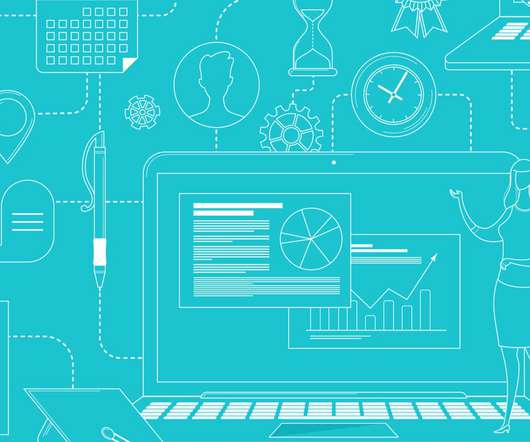A Glimpse of the Future: What the K-12 Classroom Will Look Like in 2025
Ed Tech from the Ground Up
JULY 12, 2016
Given that my experience is limited to middle school and high school students through my test-prep company and my critical-reading web app, SmartyReader , I’ll highlight my own insights in hopes of sparking a larger discussion of how the K-12 classroom will look in 2025. With lectures taking up to 1.5























Let's personalize your content